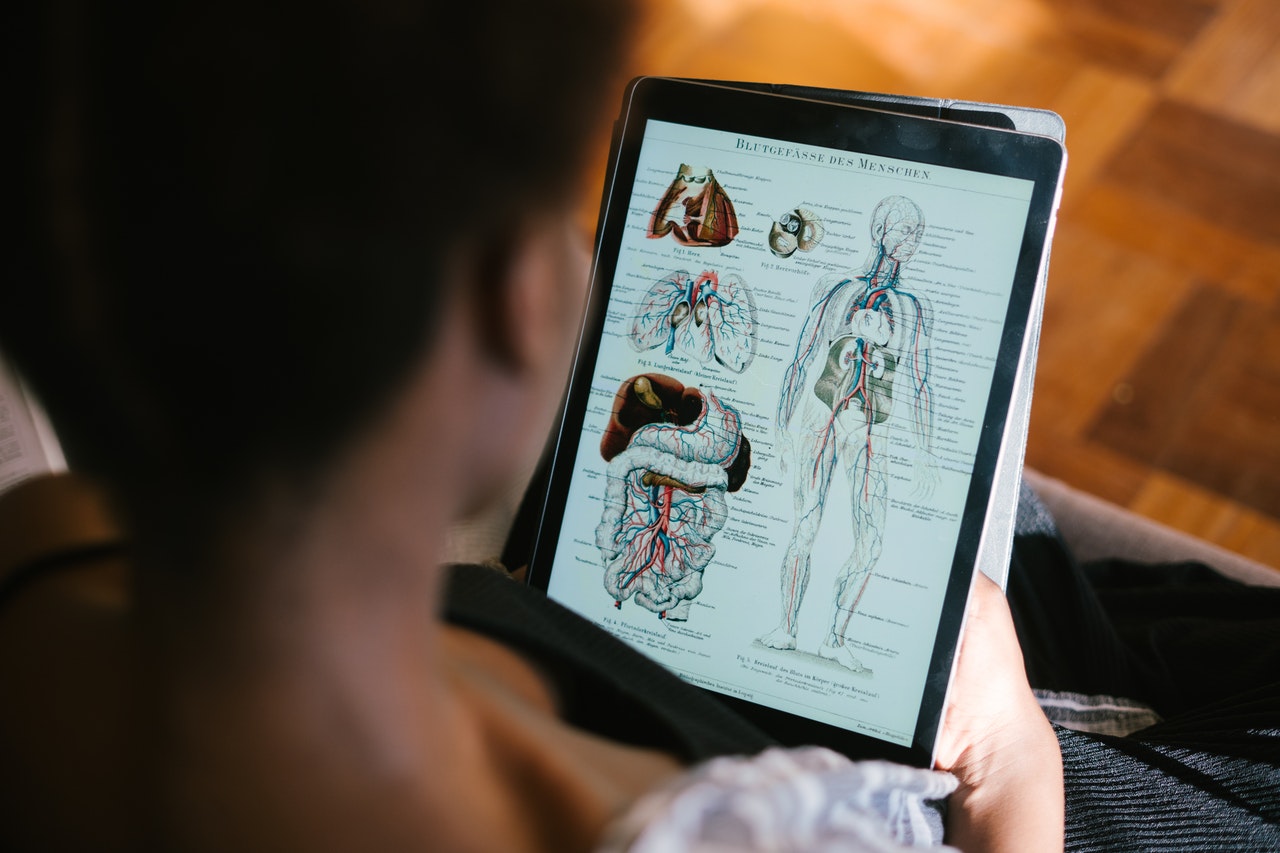One of the most difficult parts of the BCRPA Fitness Theory exam is studying for the anatomy questions. Did you know anatomy problems make up one of the largest chunks of the exam? We have BCRPA practice questions to help you get ready for this section in our Fitness theory course. Let’s go over some tips and tricks to scoring points in this section.
BCRPA Practice Questions: Breakdown
Anatomy questions make up 15% of the whole exam. This means that out of 60 questions, 9 of them are on anatomy. But don’t let that bother you. The key thing you want to do for this section is to understand the actions the muscle makes. While it may be tempting to memorize everything, who has the time? Oftentimes, the mistake that students make is trying to memorize everything they come across. This is inefficient. You want to maximize your studying time for the most important info and save time.
In our BCRPA Fitness Theory course, we make sure that you are spending your time wisely. Even though we cover many things in-depth, our practice questions will help guide you and cement your knowledge. Also, you can always contact us whenever you have questions. We’ll be more than happy to help you!
Helpful Tips for Your Study
First, you will want to understand the general info about anatomy. This includes learning the names, where the muscles are, and all the possible movements they make. While it is not necessary to memorize the origin and insertions of the muscles, it may be helpful to understand where the muscles are in general. We recommend finding the muscles on the body and try going through the motions. If you are a hands-on type of person, this is an excellent way to learn about the muscles.
While everyone learns differently, you may want to create some study materials on your own. For example:
- Cue cards or flash cards
- Concept maps
- Taking notes
- Drawing
- Using 3d models (there are many interactive models online available for free!)
Another way to cement your knowledge of the body’s muscles is to use it! Think about how you can integrate the new information. When we make more connections, we tend to remember them much longer. For example, you will be likely to remember the name of your close friends than a stranger’s name. This is because your friends have more significance to you than someone with no connection to you.
For instance, if you play sports, teach sports classes, or participate in a certain activity a lot, think about which muscles you may be using. Perhaps you recently injured your triceps, or your friend pulled their hamstrings. Therefore, when you take the exam, you can think about those scenarios to help jog your memory.
Here are some sample questions that you might get:
- Which movement is the biceps brachii responsible for?
- Which of the following muscles performs knee flexion?
- Pectoralis major performs ___________.
I’m Ready to Enroll and Want More Questions!
We welcome you to our BC Fitness Theory! Simple create an account and begin study right away. You will have access to everything you need, including the exam & registration info, different versions of the notes, and the lectures and practice questions.
